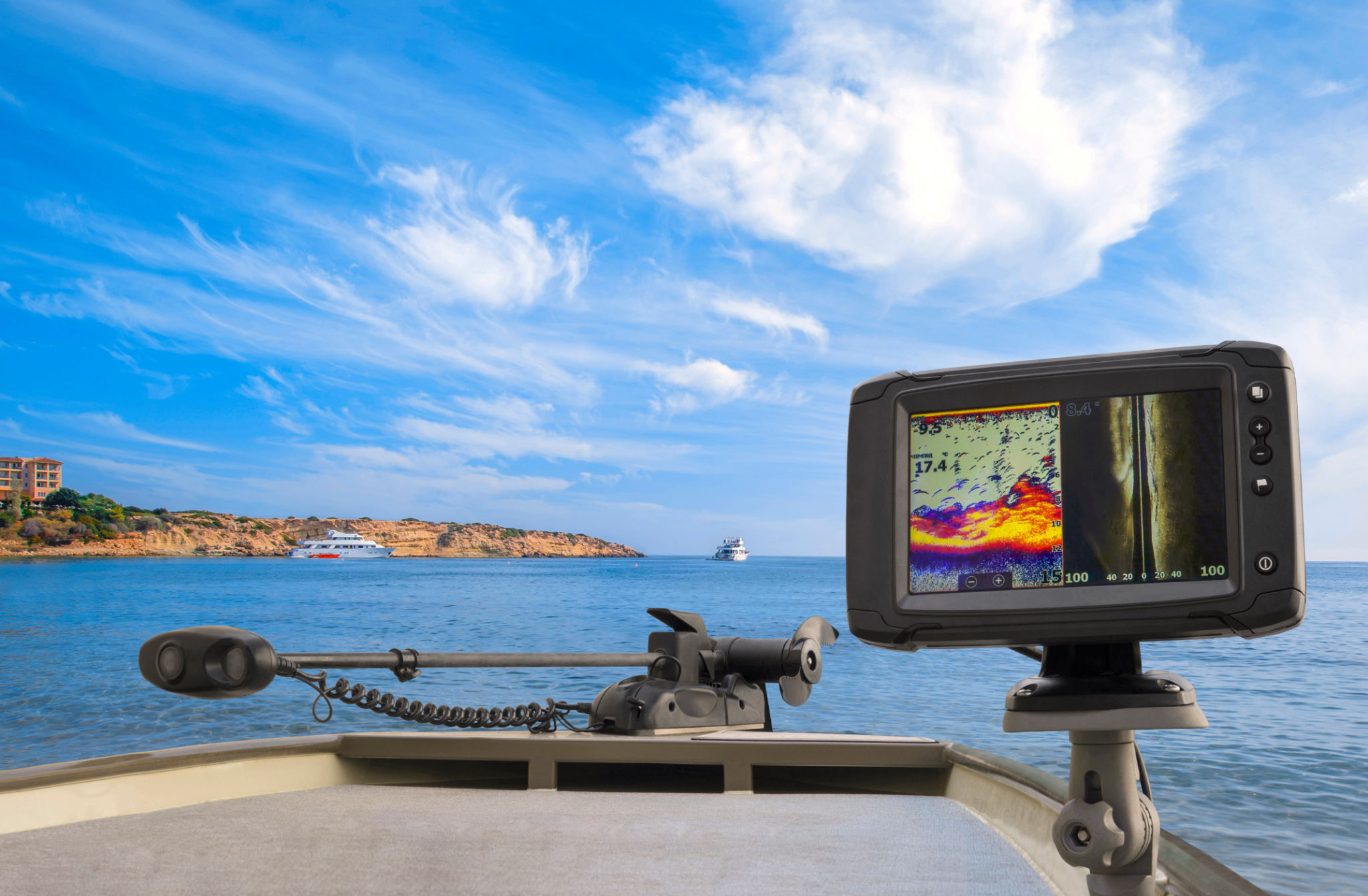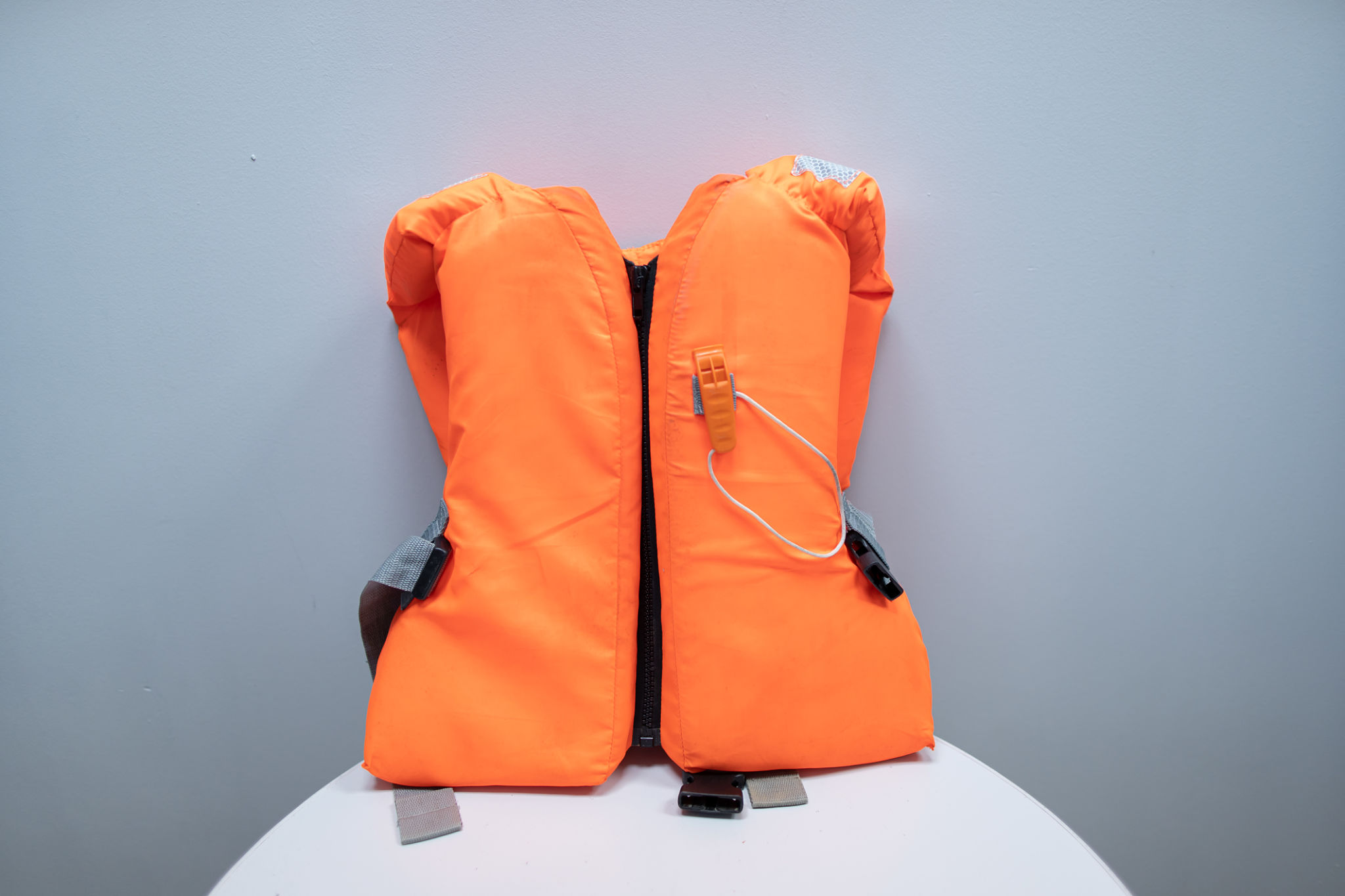Exploring the Latest Trends in Fishing Technology
The Evolution of Fishing Technology
In recent years, the fishing industry has seen a significant transformation, driven by advances in technology. From recreational anglers to commercial fishermen, the incorporation of modern gadgets and tools has revolutionized the way we fish. This blog post dives into the latest trends in fishing technology, highlighting innovations that enhance the experience and efficiency of this age-old practice.

Smart Fishing Rods
One of the most notable advancements is the development of smart fishing rods. These high-tech rods are equipped with sensors that provide real-time data about various conditions such as water temperature, depth, and fish activity. Some models even connect to smartphone apps, allowing anglers to track their catches and share experiences with others. This blend of traditional fishing with modern technology is making fishing more accessible and enjoyable for tech-savvy enthusiasts.
Advanced Fish Finders
Fish finders have been around for quite some time, but recent innovations have taken them to a new level. Modern fish finders utilize sonar and GPS technology to create detailed underwater maps, helping anglers locate fish more accurately. Some advanced models offer 3D imaging, live sonar, and even the ability to identify specific fish species. These tools are invaluable for both hobbyists and professionals aiming to improve their catch rates.

Drones in Fishing
Drones have made a splash in the fishing world, offering a bird's-eye view of the water and enabling anglers to scout potential fishing spots from above. Equipped with high-definition cameras, drones can capture footage that provides insights into fish behavior and movement patterns. Additionally, some drones are designed to carry bait and drop it precisely where needed, improving the chances of a successful catch from shore.
Wearable Technology
The integration of wearable technology in fishing gear is another exciting trend. Devices like smartwatches and fitness trackers come equipped with features tailored for anglers, such as weather updates, GPS tracking, and tide alerts. These wearables help fishermen stay informed and make better on-the-spot decisions while out on the water. Furthermore, they can monitor vital signs, ensuring safety during long fishing trips.

The Role of Artificial Intelligence
Artificial intelligence (AI) is also making waves in fishing technology. AI-powered applications can analyze large datasets to predict fish movements and suggest optimal fishing strategies. By learning from past data, these apps can provide personalized recommendations to anglers, enhancing their chances of success. As AI continues to evolve, its impact on fishing efficiency is expected to grow significantly.
Environmental Considerations
While technological advancements have greatly benefited fishermen, they also raise important environmental considerations. Many new technologies are designed with sustainability in mind, aiming to reduce overfishing and promote conservation efforts. For instance, some apps provide catch-and-release guidelines or alert users about protected species in the area. These features encourage responsible fishing practices that help preserve aquatic ecosystems.

The Future of Fishing Technology
Looking ahead, the future of fishing technology promises even more exciting developments. Innovations such as virtual reality (VR) for immersive fishing experiences and autonomous fishing vessels could redefine how we perceive and engage with fishing as a hobby and industry. As technology continues to advance, the possibilities for enhancing our interactions with the aquatic world are boundless.
In conclusion, exploring the latest trends in fishing technology reveals a fascinating intersection of tradition and innovation. Whether you're an avid angler or someone curious about the future of fishing, these technological advancements offer a glimpse into a dynamic and evolving landscape that promises to make fishing more efficient, enjoyable, and sustainable.
